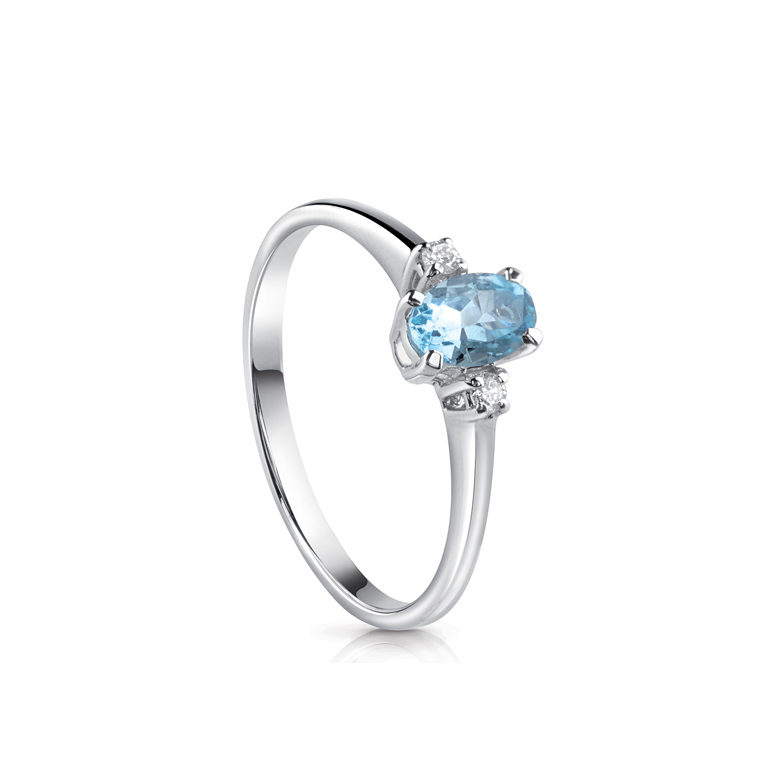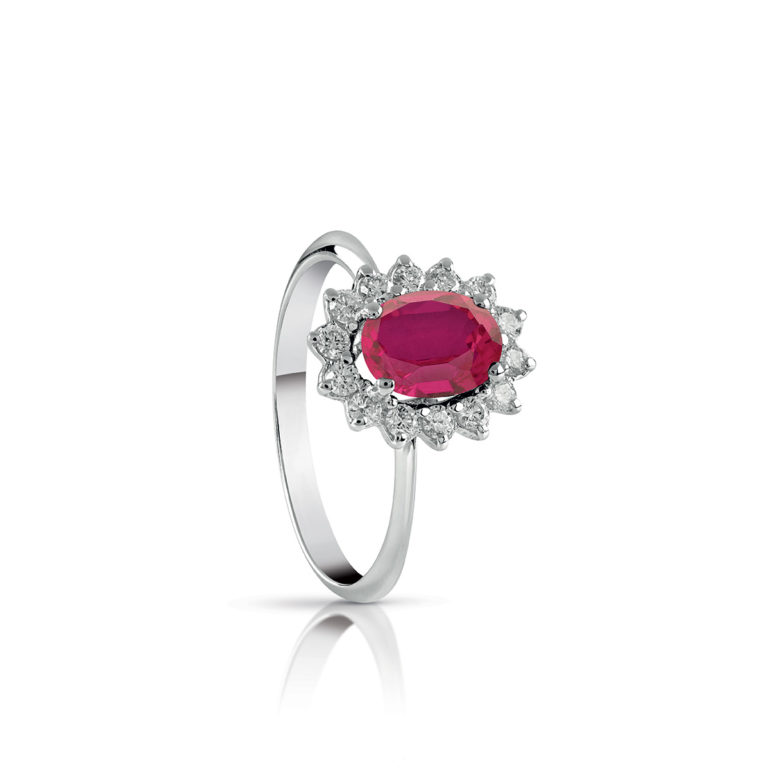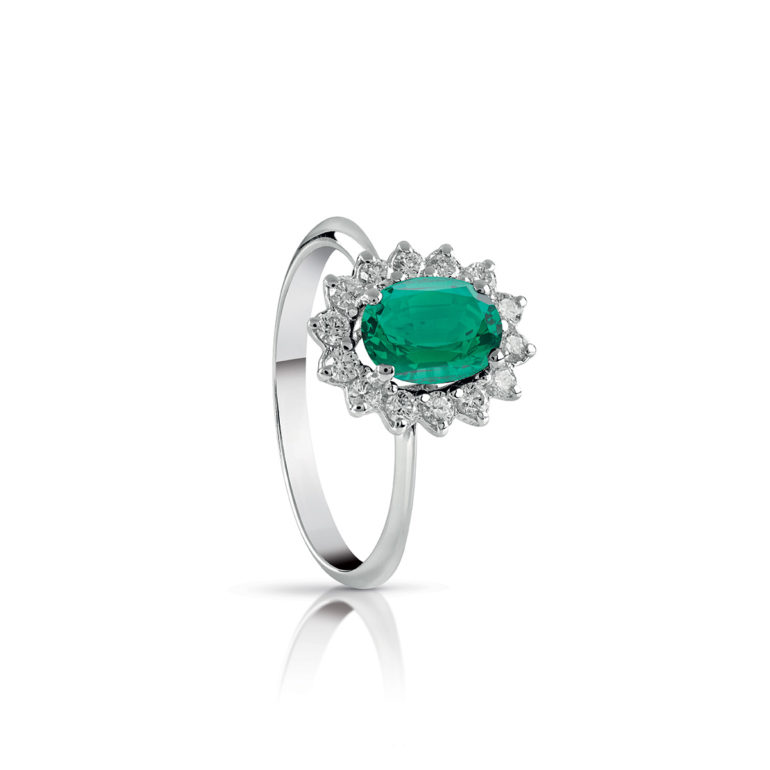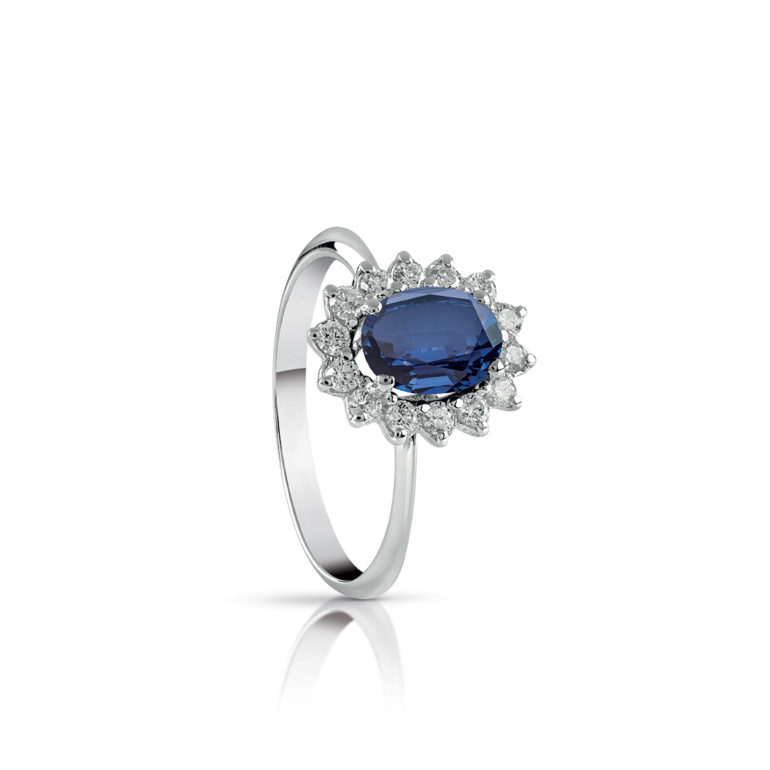-
Guidance for choosing keyboard_arrow_down
Lumina colors
In addition to its iconic diamond jewelry collections, Lumina Diamonds offers a selection of precious gemstones such as aquamarines, rubies, emeralds and sapphires, set by hand on 14 or 18 carat gold.
The LUMINA COLORS collection features jewelry pieces in which precious stones of color are enriched by the presence of natural diamond details, enhancing the distinctive beauty of each gemstone through a charming play of contrasts.
Lumina Diamonds offers you the possibility to choose your preferred gemstone at the time of purchase, in order for cut and color to best meet your taste and needs.
The Lumina Diamonds team of gemologists is pleased to put its proven market experience at your disposal and take care of any special request you may have and to provide you with the relevant quotation. Contact us to learn more.
The choice of the right gemstone is important, which is why we have drafted a brief gemological description of all gemstones of color making up our Lumia Colors collection. Discover them all and find the perfect one for you.
Acquamarine

Aquamarine is a variety of beryl, a mineral growing in crystalline formations. Its typical shade, ranging from light blue to aqua green, is due to the presence of titanium or iron.
Aquamarine is a fairly widespread gem, therefore it is not unusual to find specimens that may even reach a remarkable size. Thanks to its considerable hardness, this gemstone lends itself perfectly for goldsmithing purposes – perfect for an oval, emerald or cabochon type of cut.
ACQUAMARINA COLLECTION keyboard_arrow_rightRuby

Ruby is a nobler variety of corundum, a mineral mainly composed of aluminum and chromium oxide. It is recognizable by its characteristic red color, which, in relation to the percentage of chromium oxide and saturation specific to each deposit, can take on very different nuances: from pale pink to a deep and dark shade of red – the so-called “pigeon blood” – and from orange to purple.
RUBY COLLECTION keyboard_arrow_rightEmerald

Like aquamarine, Emerald is a variety of beryl, a mineral growing in crystalline formations. Its typical intense and brilliant green color is due to the presence of chromium oxide and vanadium: it is indeed the combination of these two elements that makes a beryl stone an authentic emerald.
Most emeralds are characterized by evident inclusions, resulting in a low degree of hardness and therefore a poor resistance to scratches.
EMERALD COLLECTION keyboard_arrow_rightSapphire

Sapphire is a precious gem, a variety of mineral corundum, such as ruby, composed of aluminum oxide with traces of elements such as iron, titanium, chromium, copper or magnesium. It is typically blue, but it is not uncommon to find yellow, purple, orange and green varieties of sapphire. Pink corundum can be classified as either sapphire or ruby.
Because of its remarkable hardness – it is the third hardest mineral after diamond and moissanite – sapphire is also used in non-ornamental applications such as infrared optical components or crystals for wristwatches.
Blue sapphires are listed according to their primary tone’s purity. Purple, violet and green are the most common secondary colors.
The color characterizing the finest sapphires can therefore be described as a shade of dark purple of medium intensity tending to a purplish shade of blue, whereby the main blue tone accounts for at least 85% and the secondary tone does not exceed 15%, without the slightest percentage of green or gray.
The Logan Sapphire is one of the largest faceted blue sapphires on Earth. This 423 carat (84.6 g) specimen is preserved at the National Museum of Natural History in Washington.
SAPPHIRE COLLECTION keyboard_arrow_right